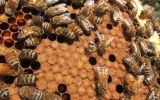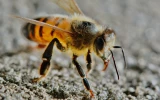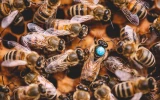Do Queen Bees Mate With Their Own Drones?
It almost seems unnecessary for queens to embark on mating flights when her colony makes its own drones. So why does it happen? The answers to your questions are in this guide.
There have been rare instances where queens mated with their own drones, but they are biologically hardwired not to do so because this inbreeding causes problems for the queen's descendants. This is why young queens go on mating flights before they settle in their hives.
How do queen bees and drones romance each other? Quickly, violently, and at great heights. Mating flights help bees find different drones to mate with, but have you ever wondered why it's so important for them to find partners from another colony? I'll explain the process of the mating flight and why it plays an important role in preventing inbreeding.
Summary
- There have been extremely rare cases where queen bees mate with their own drones, but this is practically a taboo because inbreeding can cause problems in future generations of honeybees.
- Queens embark on mating flights to find drone congregation areas, which offer hundreds of thousands of drones from different colonies. This is where she mates and gets the sperm she needs to fertilize eggs throughout her lifetime.
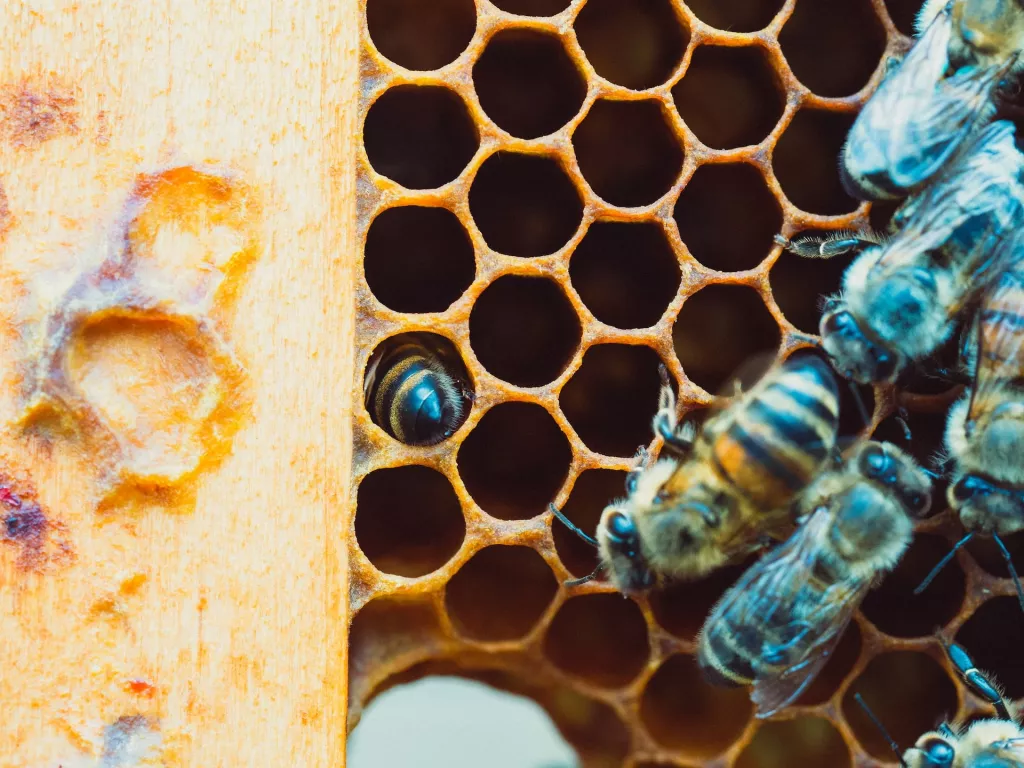
On this page:
- Is Mating Violent?
- How Long Does a Mating Flight Last? Is it Necessary?
- What Happens After Mating?
- Why is a Drone's Mating Legacy So Important?
- How Many Times Does a Queen Mate in Her Lifetime?
- How Do Queen Bees Avoid Problems Caused by Inbreeding?
- What Happens if a Queen Bee Dies During a Mating Flight?
- Can a Mated Queen Sting?
Is Mating Violent?
Unlike the fight for supremacy between queen bees, drones simply try to out-fly each other to the queen. Hundreds, or even thousands, of drones will compete by racing against each other in an attempt to catch her. Meanwhile, the queen flies high and flies quickly, so that only the fittest drones can reach her.
Once a drone catches up to her, he inserts his reproductive organ. A male drone's reproductive organ is barbed, which helps him cling to her throughout such a tumultuous mating. Sadly, this does mean that they die shortly after; once they're finished, their organs are ripped away from the drone's abdomen. The next drone who mates with the queen will remove this organ and proceed to mate using his own.
How Long Does a Mating Flight Last? Is it Necessary?
This mating flight will last anywhere between five to thirty minutes, depending on how conducive the weather is for flying and how quickly she can locate a drone congregation area (DCA). A DCA is a swarm of drones from different colonies. While it may have drones from her own hive, the sheer number of other drones available will help offset the risks of inbreeding.
It is believed that the queen will mate with up to 15 drones; however, entomologists at North Carolina State University found that in one hive, it is possible for bees to have up to 50 different fathers. This means that a queen bee may mate with more drones than we originally thought.
All virgin queen bees have to embark on a mating flight. While they wait for the right time to start their trip, the rest of the bees in the hive will nip at her and follow her closely. This mating flight is crucial because it will give her the sperm cells she needs to lay eggs for the colony, for the rest of her life. This journey also helps prevent inbreeding, because she is pushed to look for mates outside of the hive.
Queen bees can fly vast distances just to find drones. It is estimated that queens usually travel up to a mile (1.5 kilometres) for this journey. In instances where hives are few and far between, queens have been found to fly up to 6 miles (9.6 kilmoetres). Their search is made possible by pheromones that are released by the drones and the drones themselves won't be able to detect the queen until it flies straight into their midst.
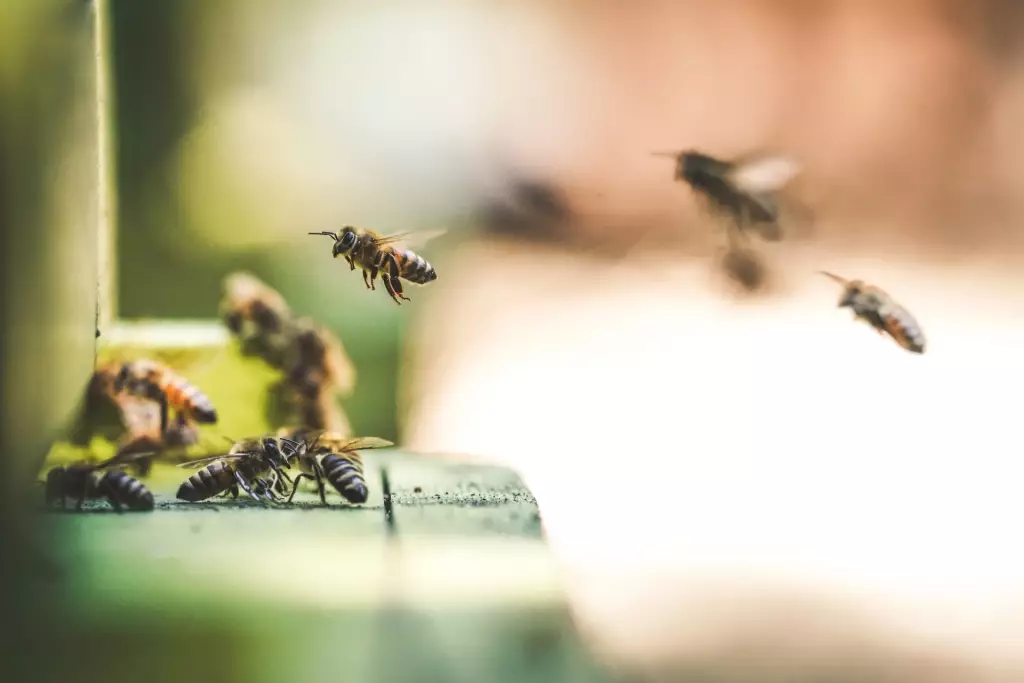
What Happens After Mating?
After the mating flight, the queen proceed with one of two paths: she could return to the original hive to oust the old queen bee, or collect a swarm of workers from there to start her own hive somewhere else. At this point, she is now a mated queen.
Once she has settled into her hive, she will start laying eggs after a few days. This will bring about physical changes, the most obvious one being that her abdomen grows larger. As a result, flying becomes more difficult for the queen.
Aside from an enlarged abdomen, she will also start secreting the queen pheromone and attracting attendants. With all the sperm she has collected from different drones across various colonies, she will proceed with fertilizing millions of eggs throughout the course of her lifetime.
Why is a Drone's Mating Legacy So Important?
Drones live exclusively to mate with queen bees. Once they've matured, they regularly leave the hives to look for DCAs and hang around in hopes of participating in a mating flight. They're only ever needed for a queen's mating flight (unless temperatures rise in the hive--in this case, drones have been observed to help with cooling it down by flapping their wings.), so it's easy to think that they're just slacking off.
But despite only ever doing one job for the colony, their role is crucial because it helps ensure the genetic diversity of future generations. A varied genetic pool can benefit the colony by manifesting in different positive attributes. For example, they could develop into bees with a greater ability to resist disease or with a longer lifespan.
How Many Times Does a Queen Mate in Her Lifetime?
Ideally, the queen only mates once in her lifetime. This is what happens for most queens. However, a small percentage do venture outside three to five times throughout their lives to seek a DCA and mate again.
This is a big decision to make and each journey puts the queen at risk. She will have to brave inclement weather, other predators, and accidents just to embark on her mating flights. But like the rest of the bees in the hive, queens prioritize the welfare of the colony over their own--so they will choose to take another mating flight if they absolutely need to.
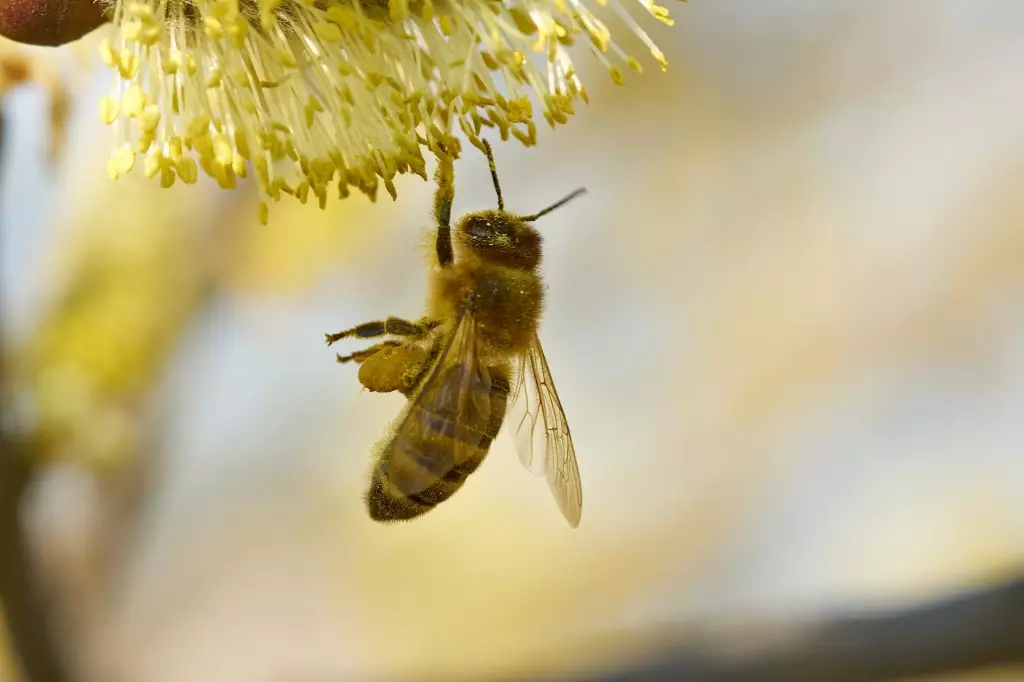
How Do Queen Bees Avoid Problems Caused by Inbreeding?
Inbred worker bees have been found to weigh less, hoard less, live shorter lives, and neglect their brood rearing tasks. In a world dictated by the survival of the fittest, these differences can spell disaster for their colony.
So aside from polyandry, which is the queen's practice of mating with several drones so that her eggs have different fathers, extremely high rates of recombination help the queen bee prevent inbreeding when she lays her eggs. Recombination happens when, during the formation of the sperm and egg cells, the segments of each chromosome pair are interchanged. This introduce genetic variation in each honeybee, which is essential for their survival.
What Happens if a Queen Bee Dies During a Mating Flight?
If a queen bee dies unexpectedly, the worker bees left in the hive immediately start a supersedure. They look for several larvae that are queen bee material and start conditioning them to become queens.
In the event that your hive does not seem to be successful at its own efforts to requeen, you can help them along by inserting a new brood frame with eggs that are less than three days old.
Can a Mated Queen Sting?
Yes. However, incidents where queen bees sting humans are rare. Aside from the fact that they rarely leave their hives, the main function of a queen bee's stinger is to act as a weapon she can use against other queens. In the occasion that a queen senses another queen in her midst, they will often fight to the death, with the stinger as a primary weapon.
Queen stingers are different from that of the workers because it is smooth, not barbed. This implies that the queen can sting multiple times without losing it and dying. It is different from female worker bees, which are barbed and used against other insects; and male drone bees, which are barbed to help them maintain their grip during mating flights. At the end of their fight for dominance, the queen's stinger is responsible for delivering the death blow.
But she isn't done in her quest to be the only queen in the hive yet. Once she is finished with other active queens, a queen will also sting the developing queen pupae inside of queen cells.
